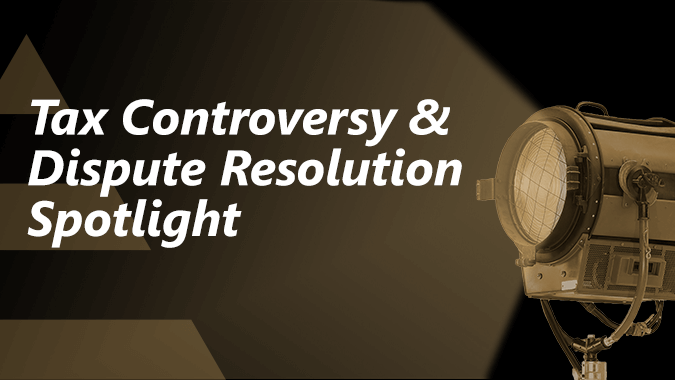
IRS Notice 2021-20 Offers ERC Guidance
- Published
- Mar 4, 2021
- Topics
- Share
IRS Notice 2021-20 (“the Notice”), issued on March 1, provides much-needed guidance for the Employee Retention Credit (“ERC”). Written largely in a Q&A format, the Notice covers all aspects of the credit including eligibility, how to claim the credit, and interaction with Paycheck Protection Program loans—to name a few. To help explain the various aspects of the ERC and highlight those that qualify for this credit, we’ll examine some of the IRS questions in a series of blogs from EisnerAmper’s Employee Retention Credit Response Team. This first blog discusses some of the guidance provided that could help taxpayers determine wages that qualify for the ERC under a certain set of circumstances.
For simplicity, all of the following assumes the company had less than 100 full-time equivalent employees (“FTE”) in 2019 for purposes of claiming an ERC in 2020 (or 500 FTEs for a 2021 ERC). We’ll also reference the specific questions in Notice 2021-20 that address the following:
How to treat employees who leave the company or are terminated in the middle of a qualifying quarter.
Companies have questioned whether the employee had to be employed on the last day of the qualifying quarter for his/her wages to be included as qualifying wages. For example, assume the company is eligible for the ERC for the second quarter of 2020 ending on June 30. Further assume that one employee terminates her employment on May 29 of that year. Can the company still include wages paid to that employee through May 29, even though she is no longer an employee by the end of that quarter? The question is not specifically addressed in the Notice, however, Question 39 comes closest. In answering the question of whether payments made to former employees are qualified wages for purposes of the ERC, the Notice answers that one can only include wages paid to employees during the time when the employee is still employed. This means that any payments made subsequent to termination are not qualified wages, including severance payments specifically. One can infer from this that only wages paid to the employee through May 29, in the above example, can be qualified wages.
Continuing with the above example, the company’s normal bi-weekly payroll process is such that the employee’s last payment for services provided through May 29 will not be paid until sometime the first week of June, at which time the person is no longer employed by the company. Could that last payment still be included as qualifying wages? Again, Question 39 indicates that payments made after the employee is no longer employed cannot be qualified wages. Therefore, it appears that the June payment cannot qualify for the ERC, even though it relates to services provided when the person was employed.
Are vacation, PTO or sick-day payments qualifying wages for purposes of the ERC?
What if this same employee, whose employment was terminated on May 29, 2020, had earned 10 days of PTO, which was paid in the June payroll run? Question 38 addresses whether pre-existing vacation, sick and other personal leave policy payments are qualified wages for purposes of the ERC. The Notice affirms that small employers (employers with less than 100 for 2020 or 500 for 2021) can include vacation, PTO or sick-day payments made during the qualifying quarter. [1] However, it is in the following Question 39 where the IRS instructs that any payments made (and that would include vacation/PTO payments) after the employee is terminated cannot be included as qualified wages. Therefore, in the instant example provided, the PTO payments will not be qualifying wages when paid after the May 29 termination date, even though PTO generally is a type of payment that could qualify.
[1] Assuming these sick or other personal leave payments are not taken into account under Sections 7001 and 7003 of the Families First Coronavirus Response Act.
*This is part of an ongoing series on the employee retention credit. Please also see:
What's on Your Mind?
Start a conversation with Murray












